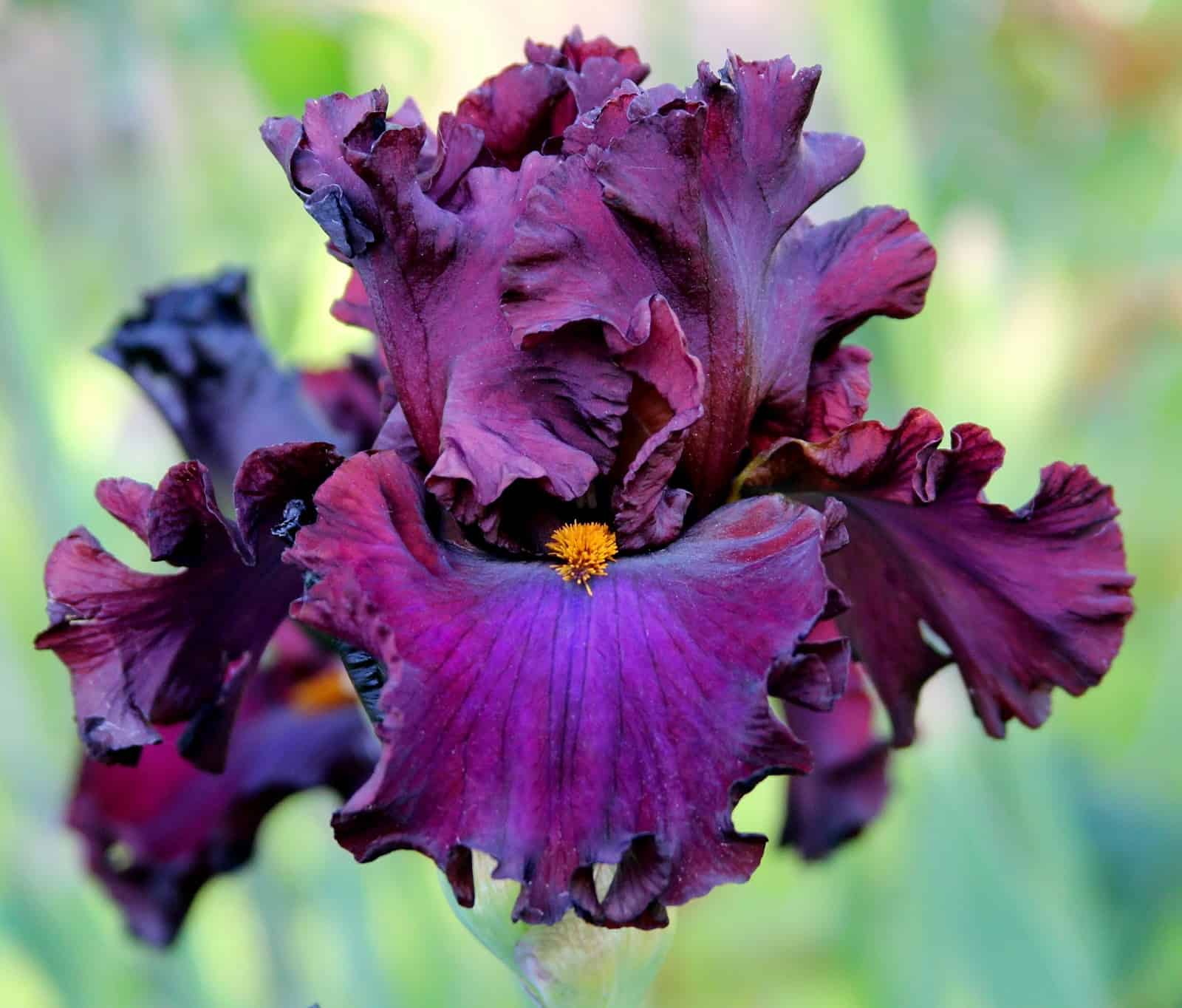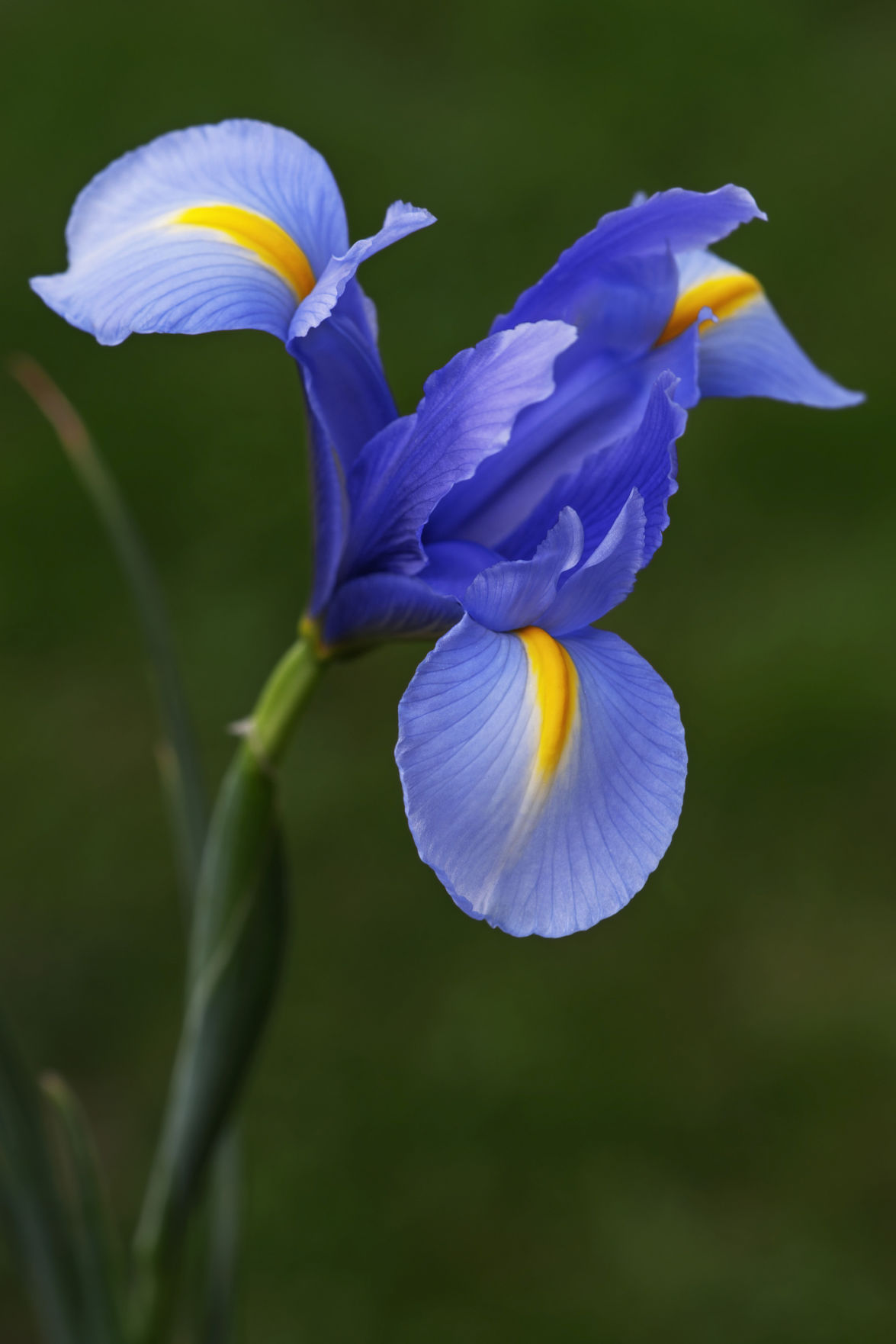


Miniature Dwarf Bearded Iris are 5-15 inches tall, while Standard Dwarf Bearded Iris are 8-16 inches tall. Additionally, there are two types of the bearded iris- the miniature dwarf bearded iris and the standard dwarf bearded iris. The three petals that hang down are known as falls. Bearded irises have three petals that stand upright and are called standards. There are many different types of bearded irises, but all have some common characteristics. There are many different types of Bearded Iris, but they all share some common characteristics, including: It gets its name from the fuzzy hairs that grow around the edge of its petals. All About Bearded Irisīearded Iris is a type of flower that is found in many gardens. Finally, if you’re looking for companion plants for daffodils, there are plenty of options available – just be sure to choose plants that will thrive in your area.
PLANTING IRIS HOW TO
When it comes to caring for Siberian irises, information on when to plant and how to care for them is readily available online. For example, irises (both old-fashioned favorites and Siberian irises) make beautiful companions with daffodils. One way to think about companion planting is to consider color throughout the season. Iris will not affect the flavor or pest resistance of their companion plants – they are content to take up very little space in the garden and don’t compete for nutrients with other plants. Some companion plants help each other resist diseases and pests, while others simply look nice together. By planting plants together that benefit each other, you can create an oasis of green in your yard while reducing the amount of work you need to do to keep everything healthy. 1.19 What looks good with bearded iris?Ĭompanion planting is a great way to garden.1.18 Can I plant peonies and iris together?.1.17 How many iris can you plant together?.1.15 Landscaping with iris: iris bed design.1.13 companion plants for bearded irises Garden.1 What to Plant with Iris: Best Companion Plants For Irises.Plants spaced further apart will need less frequent thinning. Close planting gives an immediate effect, but closely planted Iris will need to be thinned often. Iris are generally planted 12 to 24 inches apart. A common mistake is to plant Bearded Iris too deeply. Firm the soil around each rhizome and then water to help settle the soil. In very light soils or in extremely hot climates, covering the rhizome with 1 inch of soil may be desirable. Iris should be planted so the tops of the rhizomes are exposed and the roots are spread out facing downward in the soil. We strongly suggest Iris be planted at least six weeks before the first hard frost in your area. In areas with hot summers and mild winters, September or October planting may be preferred. It's imperative that the roots of newly planted Iris be well-established before the growing season ends. When, Where and How to Plant Bearded Iris Rhizomes:įor best results, Iris should be planted in July, August or September. It is always best to have your soil analyzed before taking corrective measures. To adjust the pH of your soil, lime may be added to acidic soils or sulfur to alkaline soils. The ideal pH is 6.8 (slightly acidic), but Iris are tolerant in this regard. Gypsum is an excellent soil conditioner that can improve most clay soils. If your soil is heavy, coarse sand or humus may be added to improve drainage. Planting on a slope or in raised beds helps ensure good drainage. Iris will thrive in most well-drained garden soils. Without sufficient sun, the iris may "go blind" - producing foliage but no blossoms.
PLANTING IRIS FULL
In extremely hot climates, some shade is beneficial, but in most climates Iris do best with at least 6 hours a day of full sun.


 0 kommentar(er)
0 kommentar(er)
